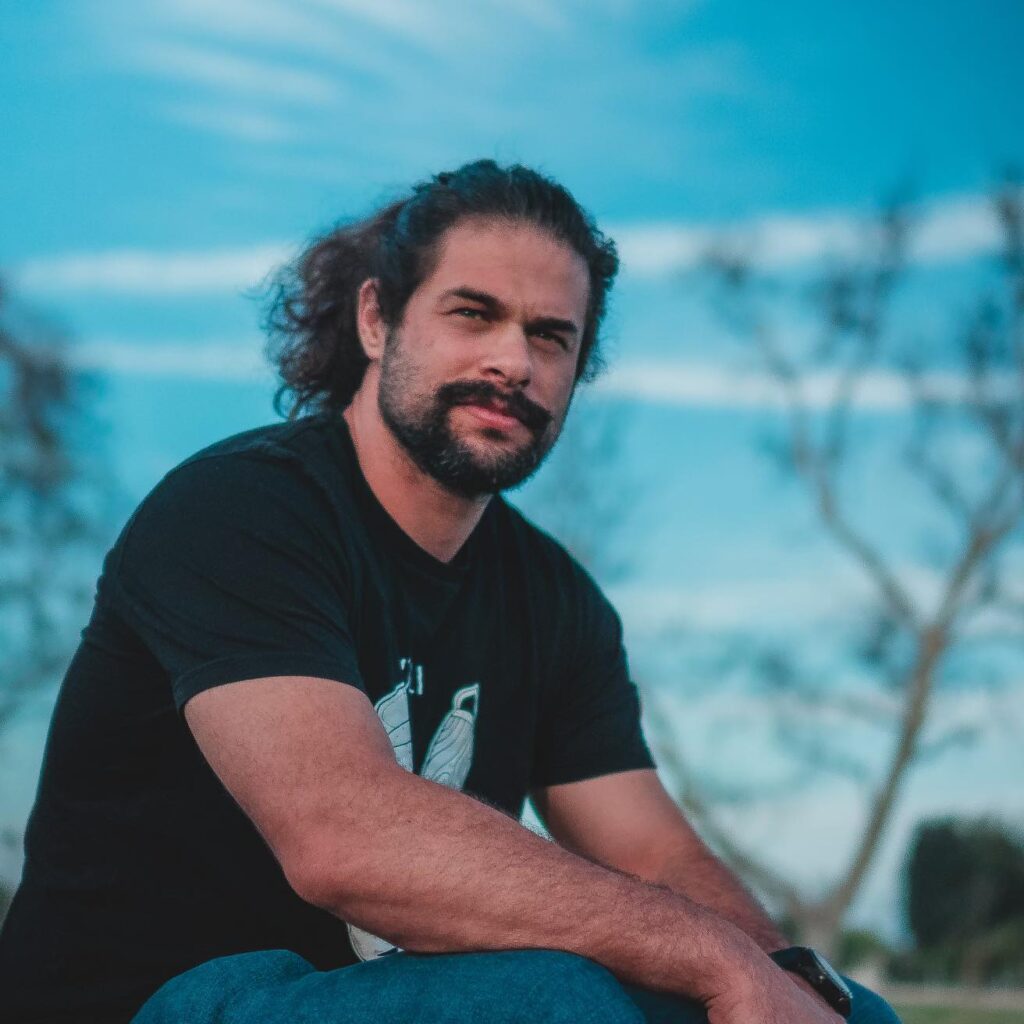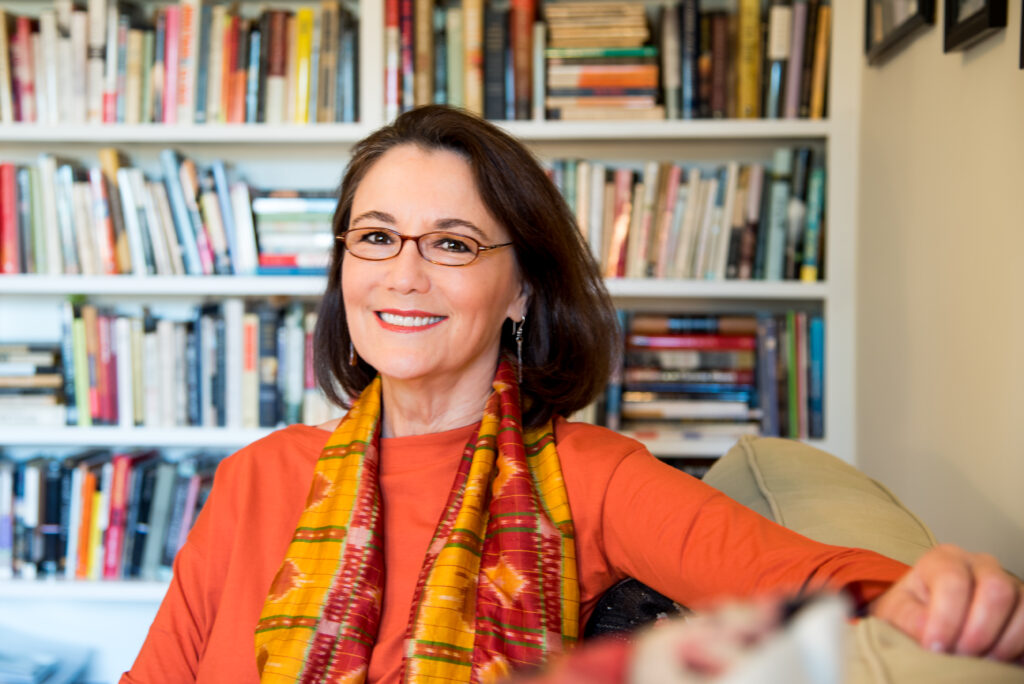
Join New York Times bestselling author J.A. Cipriano as he demystifies the world of self-publishing, drawing on his own successful journey to show aspiring authors how to navigate this dynamic field. Cipriano, renowned for his expertise and captivating storytelling, will share invaluable insights into developing compelling narratives, understanding market trends, and leveraging digital platforms to reach a global audience. Whether you’re a budding writer dreaming of publishing your first book or an established author looking to broaden your horizons, this talk offers a unique opportunity to learn from one of the industry’s very best. Dive deep into the practicalities of self-publishing, from crafting your story to the final stages of marketing and distribution. J.A. Cipriano will cover essential topics, including effective editing techniques, cover design, and the importance of building an engaging online presence. Attendees will leave with a clear understanding of the self-publishing process, equipped with the tools and confidence to take their writing career into their own hands. Don’t miss this chance to turn your publishing aspirations into reality with guidance from a master of the craft.
J.A. Cipriano transformed from a second-grader who disliked writing due to messy handwriting into a New York Times Bestselling author, embracing storytelling after an unintended passion discovery. Winning early writing contests and influenced by encounters with Dean Koontz and Stan Lee, his journey took him from fanfiction to crafting original novels.
I have sold millions of books. I have gotten on the New York Times Bestseller list twice. The USA Today best sellers list twice. I was an Urban Fantasy Panel host at the inaugural 20booksto50k conference.
Email: [email protected]
Phone: (661) 852-1205
https://www.facebook.com/JACiprianoAuthor
https://www.patreon.com/Jacipriano
